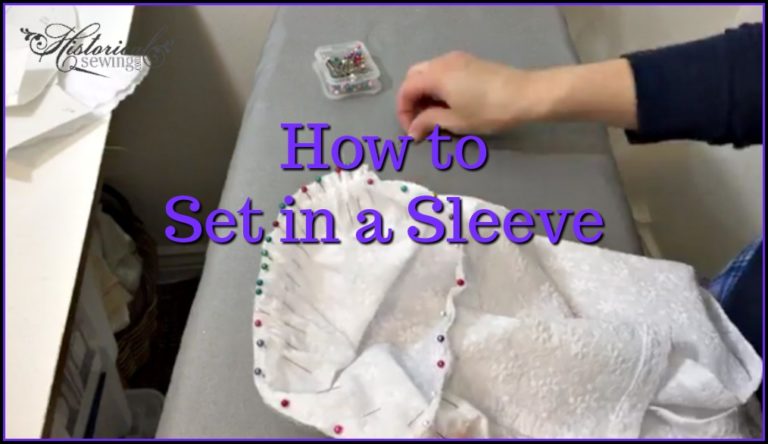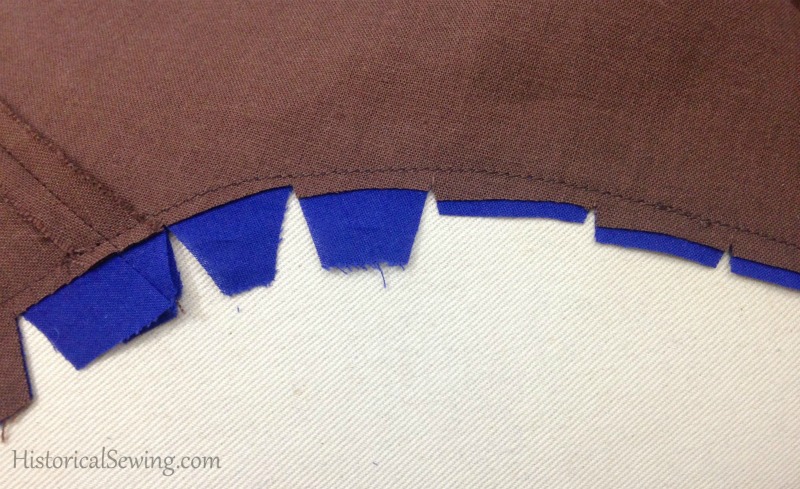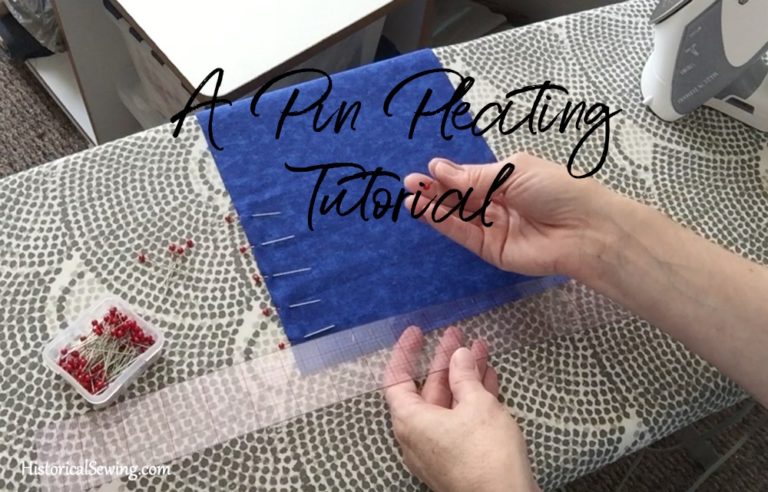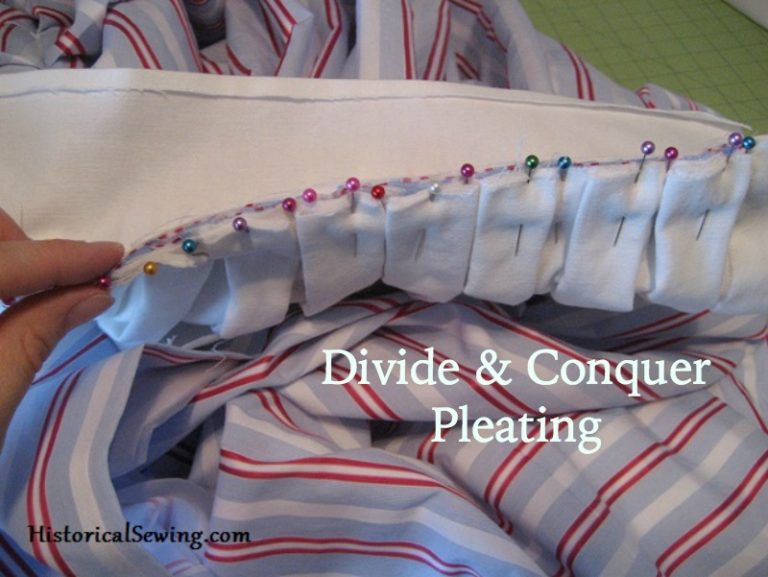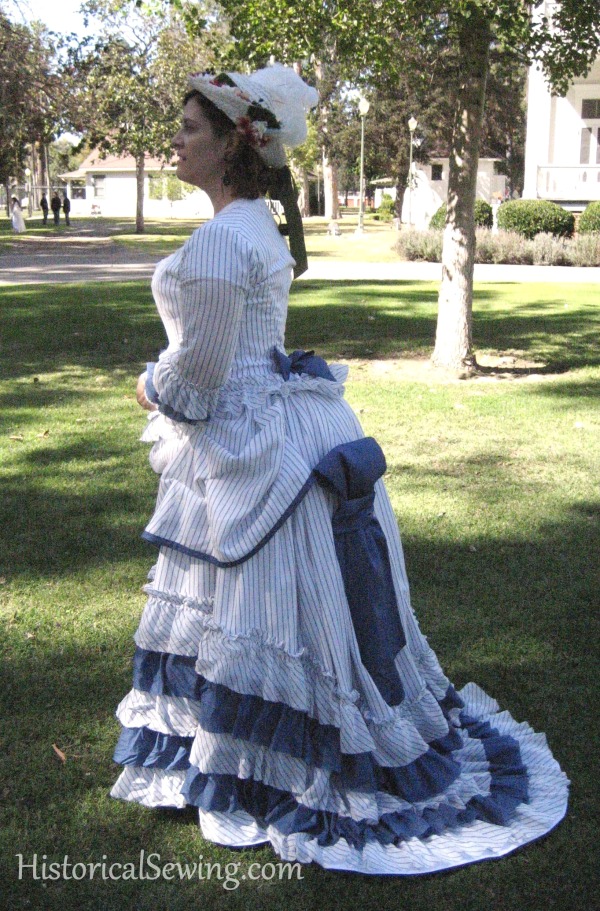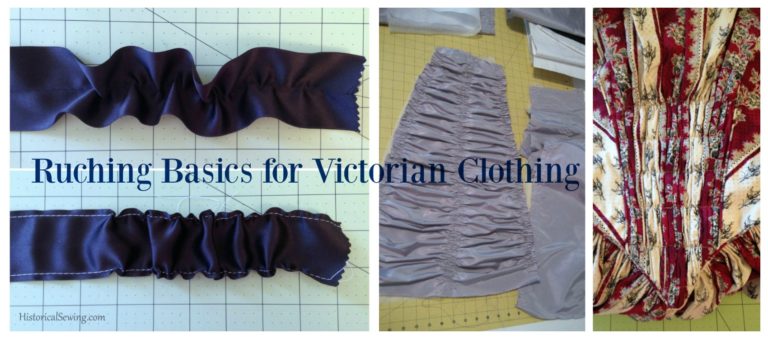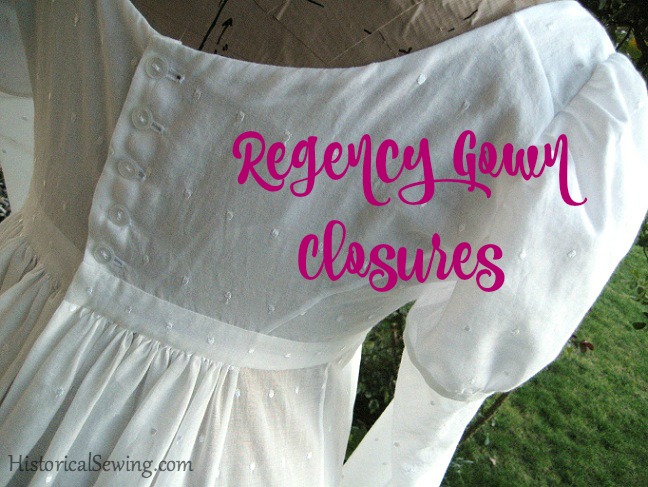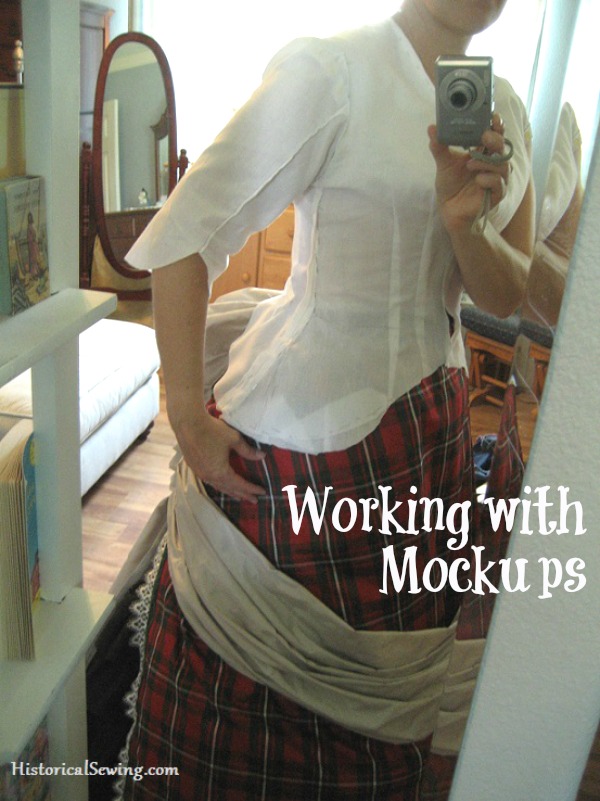Sleeves seem to be that *thing * that bothers a lot of dressmakers, costumers and sew-ers. The term “sleev-evils” has been tossed around for a while now. But I don’t want you to think of sleeves in that way. It only hinders you in getting that sleeve sewn and set into the bodice as quickly Read More...
Tag: How To
How to Grade Seam Allowances
Do you make the grade? It’s super important to get into the habit of grading your seams, and I highly recommend it! The process of grading your seam allowances (aka trimming to various widths) is fairly easy to understand. However, this sewing technique can be time consuming. But don’t let that stop you! Making the Read More...
A Pin Pleating Tutorial
When I first started making pleated ruffles for my historical ensembles I used straight pins and a ruler. I didn’t know any different. You’ll find a variety of ways to make pleats, but this one worked well for me. And I’ll still use it when it’s the look I’m going for. So when you don’t Read More...
Divide & Conquer Pleating Method
In many historical costuming instances you’ll need to pleat up a length of fabric to fit another. Most commonly it’s a skirt to a waistband. However, this can be anything really. A sleeve cap to a bodice. Length of trim to an overskirt. A curtain to a bonnet neck edge. A lot of times a Read More...
Constructing a Victorian Bustle Dress
It’s that moment when you are ready to jump into your first Victorian dress and hold out hope that it’s not as complicated as it “seams.” Because I’d been sewing clothes for about a dozen years before I got into historical costuming I wasn’t afraid. The gorgeousness of the 1870s & 1880s called me strongly. Read More...
Ruching Basics for Victorian Clothing
Ruched panels – in all their glorious, gathered loveliness – seem to pop up frequently throughout the Victorian Era (1837-1900). You’ll find ruched bodice panels, puffings as skirt trims, and gathered accents in ribbons for all sorts of marvelous decorations. The process of ruching isn’t hard. But in some ways it looks so complicated! Ruching, Read More...
Regency Gown Closures
The Regency Fashion Era (1795-1820) is a wonderful time of simple silhouettes, drape-able fabrics, and a freedom from tight dressing (as compared to the Rococo period before and Victorian Era after). With these delicate styles comes light closures – ones not to disturb the easy shaping. They are fairly simple. Basic really. Uncomplicated. And generally Read More...
Working with Mockups
If you’ve been around garment sewing, and especially historical sewing, for any length of time you’ve probably heard of mockups, aka toile (pronounced twal), muslin, run-through, or fitting test garment. The purpose is to do a test run of the pattern for sewing errors and also to fine-tune the fit to a body. Mockups are Read More...

